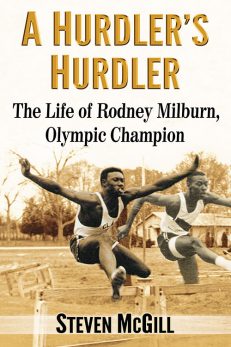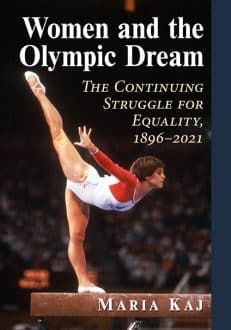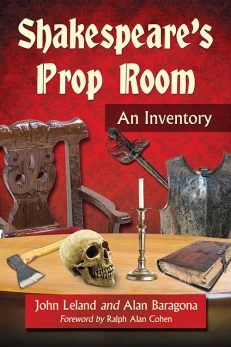Shakespeare’s Prop Room
An Inventory
$29.95
In stock
About the Book
This study provides the first comprehensive examination of every prop in Shakespeare’s plays, whether mentioned in stage directions, indicated in dialogue or implied by the action. Building on the latest scholarship and offering a witty treatment of the subject, the authors delve into numerous historical documents, the business of theater in Renaissance England, and the plays themselves to explain what audiences might have seen at the Globe, the Rose, the Curtain, or the Blackfriars Playhouse, and why it matters.
Students of the plays will be able to read beyond Shakespeare’s words and visualize the drama as it might have appeared on the stage. Scholars will find a wealth of previously unmined material for reconstructing Renaissance theatrical practices. School drama groups, amateur theaters and directors and prop masters of professional troupes will find help in mounting their own productions as the Bard’s audiences would have seen them.
About the Author(s)
Bibliographic Details
John Leland and Alan Baragona
Foreword by Ralph Alan Cohen
Format: softcover (6 x 9)
Pages: 228
Bibliographic Info: 26 photos, notes, bibliography, index
Copyright Date: 2016
pISBN: 978-1-4766-6336-4
eISBN: 978-1-4766-2343-6
Imprint: McFarland
Table of Contents
Acknowledgments vi
Table of Illustrations ix
Foreword: “Plays and Things” by Ralph Alan Cohen 1
Introduction 3
1. Bring out your dead: corpses, funerals and skulls 11
2. Off with his head: crowns and the heads that wear them 24
3. “Exit pursued by a bear” (The Winter’s Tale, 3.3.58): Shakespeare’s dramatis animalia 35
4. “Come, let’s away to prison” (Lear, 5.3.8) 48
5. “There’s magic in the web of it” (Othello, 3.4.69): handkerchiefs and napkins 58
6. “Come on, then, let’s to bed” (Romeo and Juliet, 1.5.125) 70
7. “The wood began to move” (Macbeth 5.5.34): stage greenery 82
8. “Imaginary puissance” (Henry V, Prol. 25): arms and armor 97
9. “Welcome to our table” (As You Like It, 2.7.105): tables and chairs 116
10. “The first thing we do, let’s kill all the lawyers” (2 Henry VI, 4.2.76): courtrooms and killings 133
11. “[O]’er-read these letters / And well consider of them” (2 Henry IV, 3.1.2–3) 146
12. “This simulation is not as the former” (Twelfth Night, 2.5.138–39): Simulating Places and People on Stage 165
13. “What, a hodge-pudding? A bag of flax?” (Merry Wives of Windsor, 5.5.151) 174
Notes 199
Bibliography 205
Index 213
Book Reviews & Awards
- “Shakespeare scholars and actors will find it most useful in learning more about Shakespeare”—ARBA
- “Scholarly yet entertaining… The authors approach their topic with both seriousness and a bit of ghoulish glee…a really enjoyable book…recommended”—Sixteenth Century Journal.





